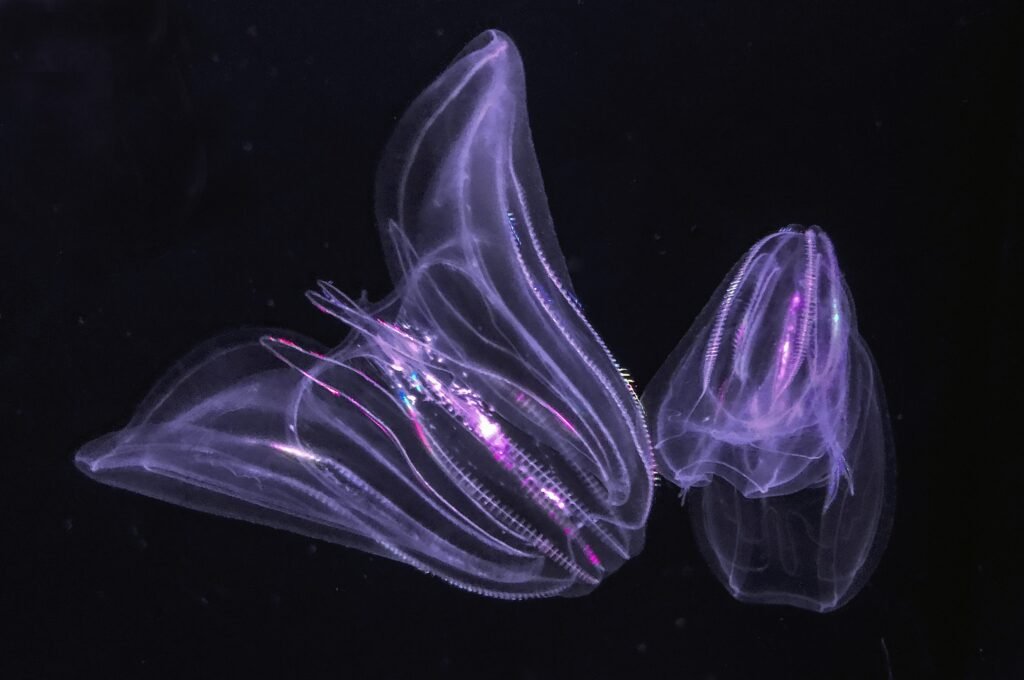South Korean toilet generates electricity from poop
South Korean professor, Cho Jae-weon prepared a toilet, named BeeVi toilet, that generates electricity from poop. Cho is an urban and environmental engineering professor at the Ulsan National Institute of Science and Technology (UNIST).
Cho has created an environmentally friendly toilet, linked to a lab that generates sewage and biogas from human waste. The BeeVi toilet is a bee and vision combination that consumes less water by forcing waste into an underground tank through a vacuum pump.

Hence, microorganisms break down this waste into methane. Its use is available as the building’s energy source to run a solid oxide fuel cell, gas stove, and hot water boiler.
Cho said if they think creatively, they can use excrement to create waste and energy at a low cost. He has put it into an ecological benefit.
According to Cho, a person’s daily poop weighs about 500g which can be converted into 50 liters of methane gas. This gas can make either 0.5kWh of electricity or power a car for about 1.2km (0.75 miles).
Cho came with a digital currency called Ggool, which in Korean means “honey.” Hence, people who use eco-friendly BeeVi toilets get 10 Ggools every day.

Click here to read why the Chinese government banned workers from using iPhones.
Cho said students can use this money to buy things on campus, like fruits, books, and freshly made coffee. They can go to a store, pick out what they want, and pay with Ggool by scanning a QR code.
A graduate student named Hui-jin said he used to think poop was dirty, but now he sees it as a treasure of great value. He said it at the Ggool market. He thinks about buying any book he wants so much that he talks about poop during meals.
Innovative solutions like the South Korean BeeVi toilet show how it is sustainable and also generates electricity. Hence, it serves as a significant development towards environmental conservation.
Read More:
- Sea creature turns into a baby when it is stressed out showing time travel
- Realme Narzo 70 Turbo 5G launch date, features, specifications & price
- European Space Agency printed 3D metal part in space for first time
- Earth’s mysterious Alaska triangle where over 20,000 people disappeared
- Philips Hue launched a new smart lighting solution for kitchen
- NASA to launch life-searching spacecraft to Jupiter’s moon Europa
Share this content:










Post Comment